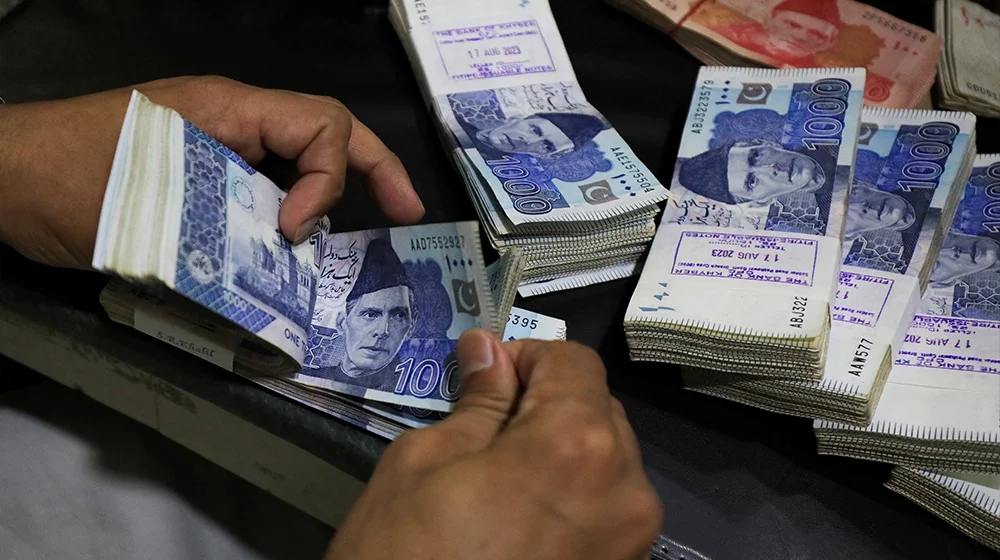Islamabad, Aug 5, 2025: Pakistan fiscal deficit FY25 has hit a remarkable low of 5.38% of GDP, the lowest in nearly a decade, driven by a sharp surge in tax and non-tax revenues. This significant fiscal improvement reflects disciplined expenditure management and stronger revenue mobilization.
As per market insights, this outcome outperforms both the government’s revised target of 5.6% and the IMF’s projection, indicating solid macroeconomic progress. Total revenue increased by 36% year-over-year (YoY), while expenditures rose by a more modest 18% YoY.
Non-Tax Revenues Surge 66% on SBP Dividend
A major driver behind this improvement is the exceptional growth in non-tax revenues, which saw a 66% jump compared to the previous year. The State Bank of Pakistan (SBP) contributed a historic Rs. 2.62 trillion in dividends, more than double the Rs. 0.97 trillion received in FY24. This reflects gains from elevated interest rates and a broader asset base.
FBR Tax Collection Grows 26% in FY25
On the tax side, Federal Board of Revenue (FBR) revenues increased by 26%, contributing to a total tax revenue growth of the same pace. Over the last five years, FBR’s revenue— including Petroleum Development Levy (PDL)—has grown from Rs. 4.3 trillion in FY20 to Rs. 12.9 trillion in FY25, outpacing GDP growth in the same period.
Highest Tax-to-GDP Ratio in 7 Years
The tax-to-GDP ratio has reached 11.3% in FY25, the highest level since FY18. This is a notable improvement from 9.7% in FY24 and also higher than the 5-year average of 9.9%, signaling structural gains in fiscal policy and compliance.
Primary Surplus Hits 20-Year High at 2.4% of GDP
Pakistan posted a primary surplus of 2.4% of GDP, the highest in two decades, surpassing both the government’s estimate of 2.2% and the IMF’s forecast of 2.1%. The primary balance—excluding interest payments—reflects that revenue growth significantly exceeded spending.
Debt Servicing Burden Falls
Interest payments now account for 76% of FBR revenues, down from 88% in FY24. The decline is attributed to a slowdown in interest expense growth to 9%, driven by easing interest rates. This marks a crucial step toward debt sustainability.
PSDP Spending at 5-Year High
The Public Sector Development Program (PSDP) spending rose to 2.6% of GDP, the highest in five years. Although still below the 5% level achieved in FY17, this increase reflects renewed government focus on development and infrastructure.
FY26 Outlook: Continued Fiscal Improvement
Looking ahead, Pakistan is projected to maintain a primary surplus for the third straight year in FY26, a trend not seen in over 20 years. The overall fiscal deficit is expected to narrow further to 4.0–4.1% of GDP, which would be the lowest in two decades.
Read More: Bangladesh eyes coal, minerals from Pakistan for energy and industry needs
The Pakistan fiscal deficit FY25 performance is a clear sign of economic recovery and improved fiscal governance. Sustained revenue efforts and prudent spending could pave the way for long-term macroeconomic stability.









